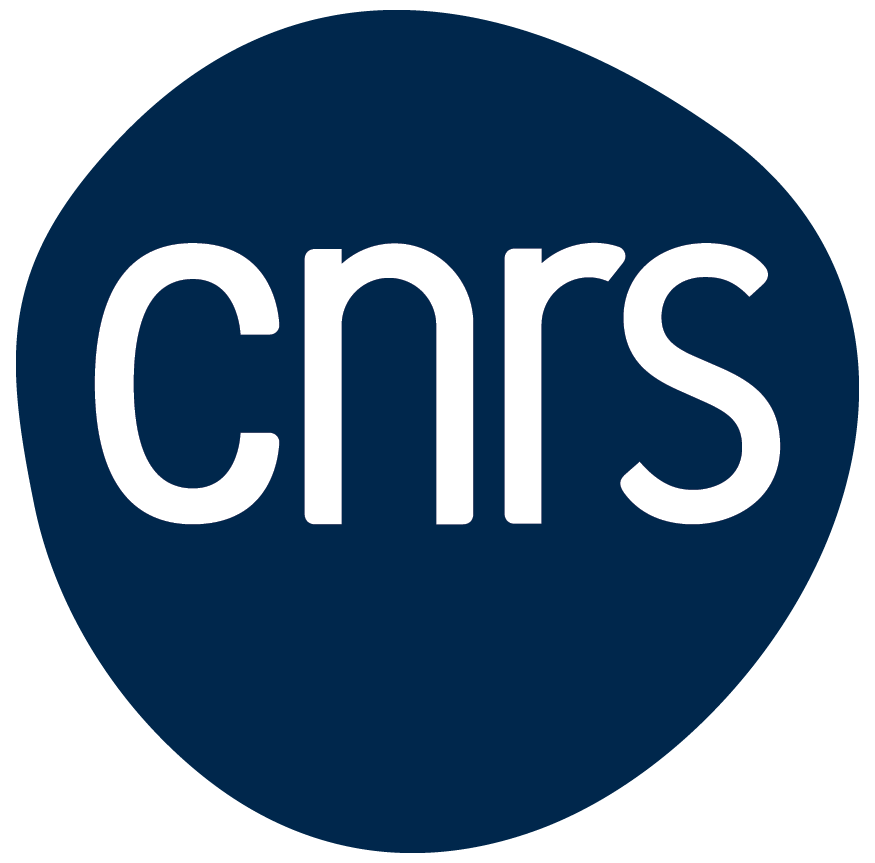What are the linguistic uses of sound? Lindblom (1990) proposed that the response to this question is linked to the total sound-producing potential of the human vocal tract. A consequence of this is that phonetics must broaden the scope of its inquiry to evaluate the human sound producing potential. Two important questions are associated to this claim. The first amounts to the finiteness of the sound inventories found in language. If finite, this would reflect a close system. The finiteness of phonetic alphabets is a working assumption but what is the theoretical justification for this? The second question is about the possible open character of sound systems. If true, what is the theoretical consequence of this claim? One consequence is that open systems can evolve towards a complexification of their structures. Both issues also raise the question of what is a relevant speech sound in languages? What are the limits of the sound producing system of human languages? A way to address these fundamental issues in speech is to evaluate what we know about the origin and evolution of sound source in primates; the complexification of sound system structures through the example of labial consonants and some vowel systems; the possible reuse of physiological mechanism for speech such as for clicks and ejectives. What is a relevant speech sound in languages must also account for the relevance of speech sounds in oral tradition languages that represent about 90% of the world’s languages. An example from Maasai interjections and ideophones will illustrate this point.
SRPP: What is a possible speech sound?
Didier Demolin (LPP)


